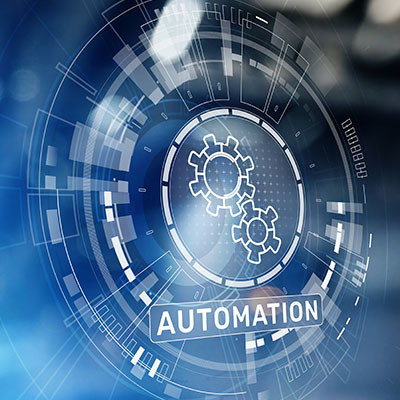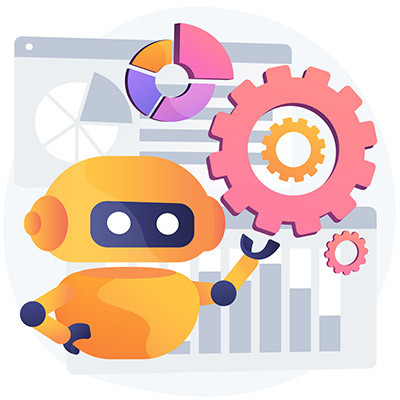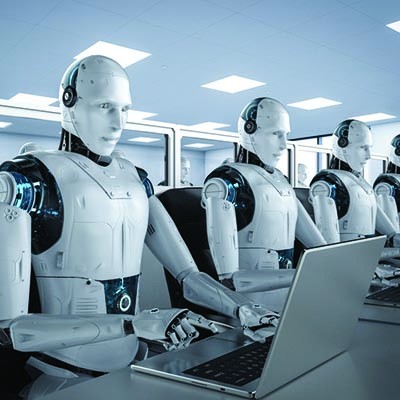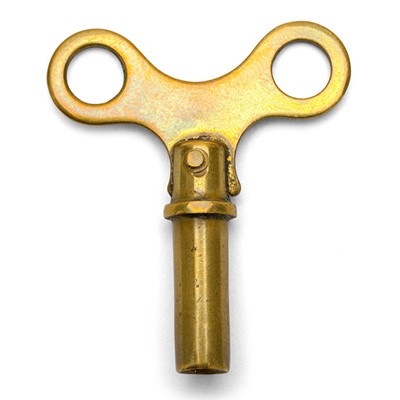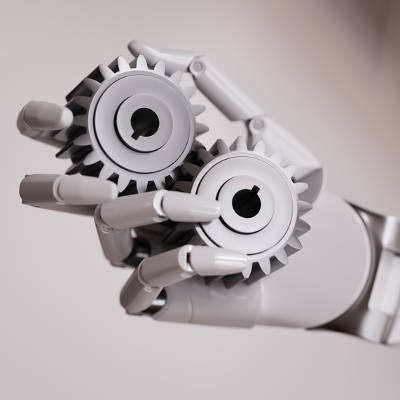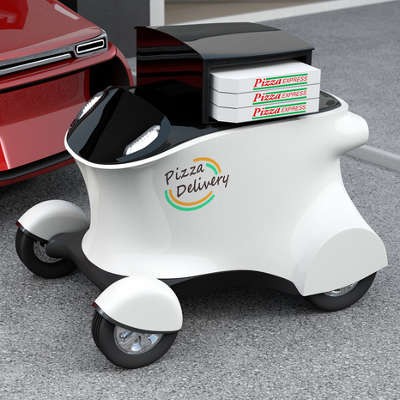Ferrum Technology Services Blog
The Internet of Things, or IoT for short, has changed how businesses approach many areas of technology management, including how utilities and other systems are managed. Thanks to automated systems that can control utilities such as HVAC systems, heating, lighting, and so on, the IoT gives businesses more opportunities to control costs and improve efforts at efficiency. Let’s look at some of the ways businesses can use IoT devices to produce consistent cost savings.
Automation continues to play a major role in business operations, but some companies have more trouble than others with implementation. Most businesses just don’t think out their strategy before implementing it, so we wanted to bring to your attention what businesses tend to automate, as well as the tools used to do so.
Your business’ operations and performance will vary depending on how you choose to invest your IT resources and budget. If you see marked improvements over the years, then you are doing something right. If things remain the same, however, perhaps you could benefit from a different approach to your technology investments. Let’s examine the subtle art of IT investment and how you should approach it.
If we asked you what the difference is between productivity and innovation, would you be able to give us a clear answer? The answer is that one facilitates the other, aided by technology to improve operations and free up employees to focus on other, more lucrative tasks. Let’s take a look at how improving productivity can improve innovation, thereby increasing your organization’s ability to do great things.
 As the world record holder for the land’s largest machine, the Bagger 293, a German bucket-wheel excavator, is certainly a sight to behold. Standing at a jaw-dropping 310 feet tall, the colossal machine looms over the Statue of Liberty at twice its height, and sports a massive 722-foot length. What’s cooler than the world’s largest ground-wrecking machine? One with remote technology!
As the world record holder for the land’s largest machine, the Bagger 293, a German bucket-wheel excavator, is certainly a sight to behold. Standing at a jaw-dropping 310 feet tall, the colossal machine looms over the Statue of Liberty at twice its height, and sports a massive 722-foot length. What’s cooler than the world’s largest ground-wrecking machine? One with remote technology!
When companies look to make their business more efficient many of them look to do so by taking pressure off their staff. By automating certain points of your business’ process, your team can do more to focus on revenue-generating tasks. This strategy has been working for businesses for decades, but today there is more technology available designed specifically to automate more of your business’ variables.
How often do your employees find themselves stuck in repetitive task loops that not only kill their productivity, but also their motivation? Depending on the task at hand, it might be more often than you, and especially more often than they, would prefer. Workflow automation solutions provide a remedy to this challenge by taking some of the frustration and repetitiveness out of the equation and relying on technology to ensure things get done without a hitch.
Whether a person works in a factory or in an office environment, people have assumed that machines will eventually come for their jobs. This idea has bred a fear that machines will eventually become smart enough to do what they want to do rather than what we want them to do. This is mostly false, so we want to dispel these fears and explore how automation and other technologies can make your job easier and more efficient.
Today’s business is always searching for a leg up, and this often means doing what it can to improve their operational efficiency. Companies can approach this in several ways. They can try to cut out redundancies, they can invest in training, or for many businesses, it means leveraging innovative new technological tools that are designed specifically for this purpose.
Automation is a great tool for businesses of all types, even smaller organizations that might have limited access to tools and resources. Through the use of time-saving automation solutions, even a small business can empower employees to save time and focus on other aspects of their duties by automating specific tasks and processes. Here are five ways small businesses can use automation to make operations just a little easier.
Automation technology has many workers concerned about the future of their jobs. Computers are one of the many technologies that grow exponentially more powerful with every passing year, and these improvements lead to innovations that can save businesses tons of time and capital, but when applied to automation, does this come at the cost of jobs? Let’s see why workers in certain industries might be concerned about automation, as well as whether or not their concerns are warranted.
By now, almost everyone is tired of the COVID-19 pandemic. Millions of people are out of work and millions more risk exposure at work. Thousands of businesses have had to close or suspend business. It’s just not a great scene for anybody. Many companies, who can’t just wait around for a vaccine to inoculate enough people for things to go back to normal, have started looking to automation to solve their business’ immediate and long-term problems.
The use of automation is making waves in several industries for the boost in productivity it presents and overall cost reduction. With these systems being integrated very rapidly, the fear is that human workers are going to be replaced by machines. The honest truth is that many jobs will be displaced and result in jobs being created elsewhere. Today, we are going to look at what exactly automation is and how it is beneficial to a business and human advancement.
Automation has helped many businesses improve operations, but at what cost to the people that work for these organizations? Many systems rely on the autonomy of artificial intelligence systems to keep certain tasks and workflows on point. Automation could replace up to a quarter of the current workforce in the next ten years, so people are naturally skeptical and worried about their jobs in the near future.
Productivity is one of the key ingredients for your business’ profitability. However, if a particular service has too many requirements to make it profitable, PSA (or professional services automation) software may be the right fit for your needs. Here, we’ll review what PSA software does, and how it can be a great benefit to a business in the professional services industry.
Your business has a lot of moving parts, and these parts need to be managed properly if you hope to maintain (or improve) operations. However, even the smallest parts of your organization could directly influence your business’ workflow. If these processes are getting in the way of your employees getting the most out of their workday, perhaps automation can provide a way to save time and resources.
How much does your business rely on its data in order to make decisions regarding its future? Organizations are making strides in how they collect and interpret data, but one of the biggest contributors to this is the idea of using artificial intelligence to perform data analysis. With the implementation of A.I., businesses are able to collect more data, analyze data for trends, and take action based on those trends.
Humankind has been fascinated with the concept of helpfully intelligent machines making life easier for many years. While we may still be many years away from the likes of Josie from The Jetsons or J.A.R.V.I.S. and F.R.I.D.A.Y., Iron Man’s digital super-assistants, artificial intelligence is a very real thing, with real benefits for businesses even today.
If you do it manually, your business is spending countless hours on implementing patches and security updates. That’s not even mentioning the many other tasks that pile up if your technicians are simply too busy to get to them. Wouldn’t it be nice if these routine maintenances could be issued without the need for an on-site visit? Automation maintenance and management can certainly be worth the investment.
On March 29th, Starship Technologies, a self-driving robotics company, announced a partnership with Domino’s Pizza Enterprises, a franchisor for the Domino’s Pizza brand in Australia, New Zealand, France, Belgium, The Netherlands, Japan, and Germany (totaling over 2,000 stores). This new affiliation allows Starship Technologies to build a fleet of autonomous delivery robots, helping Domino’s with its eventual delivery person shortage, based on the company’s growth estimates for the next 5-to-10 years.




